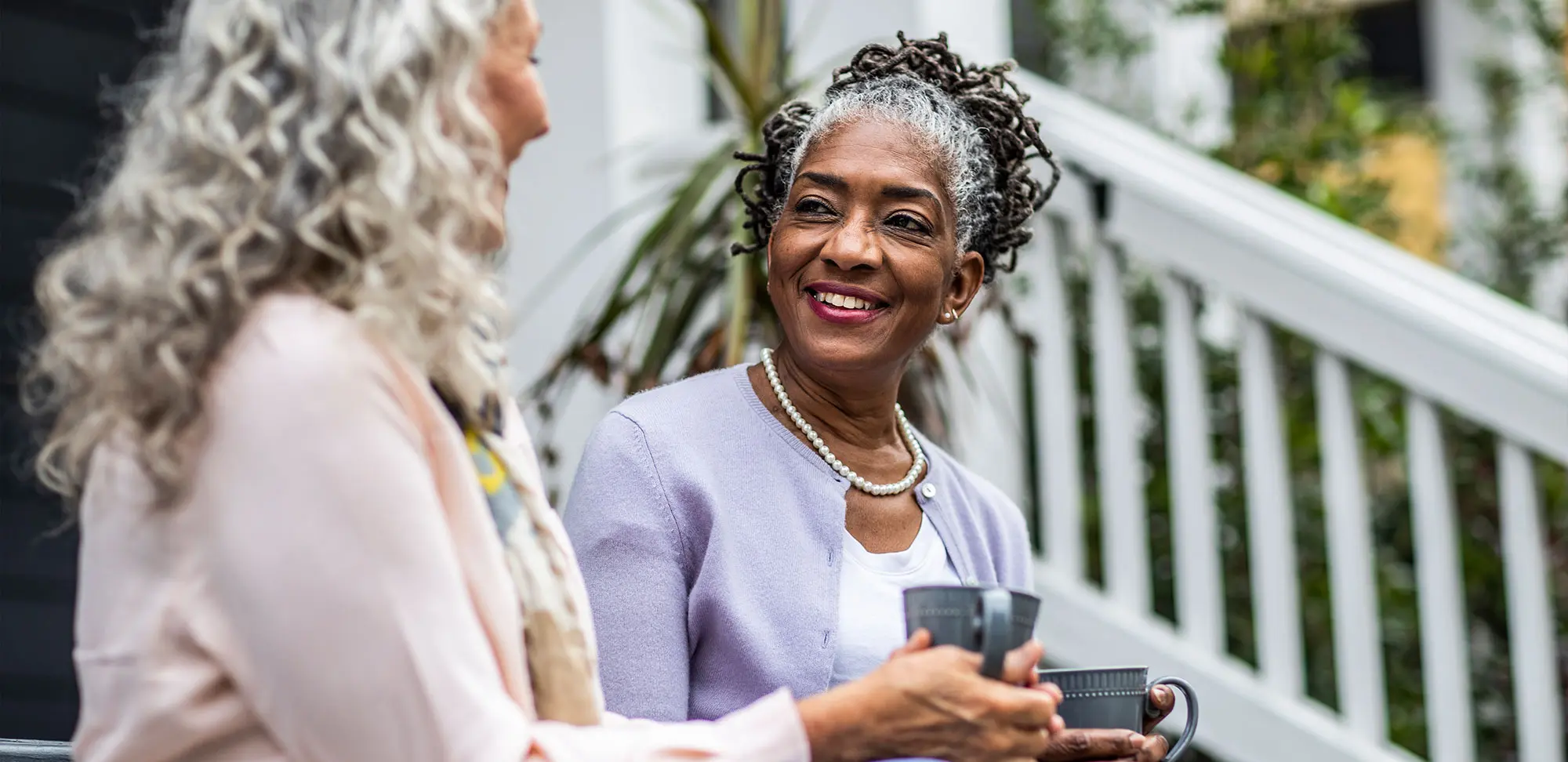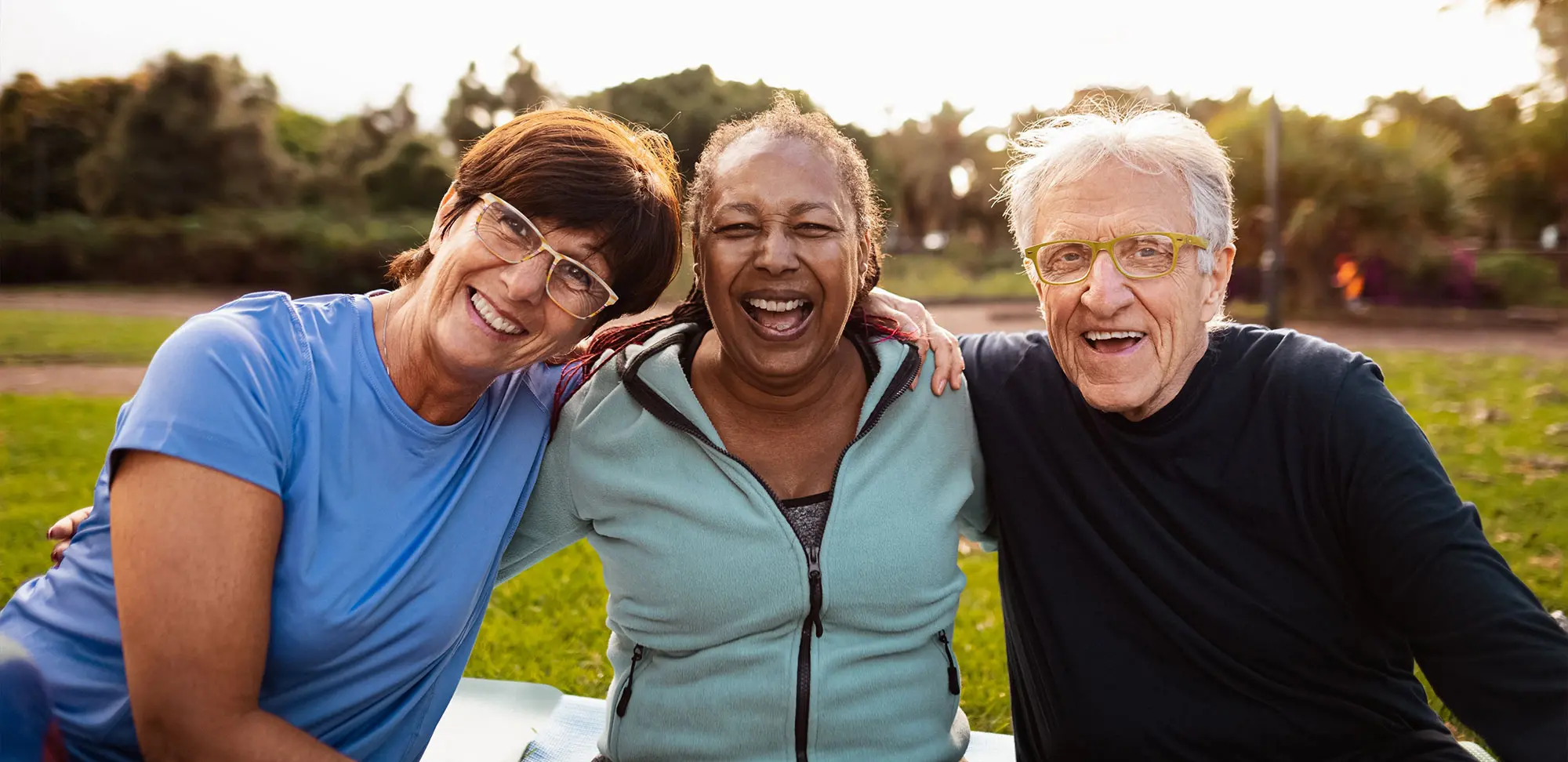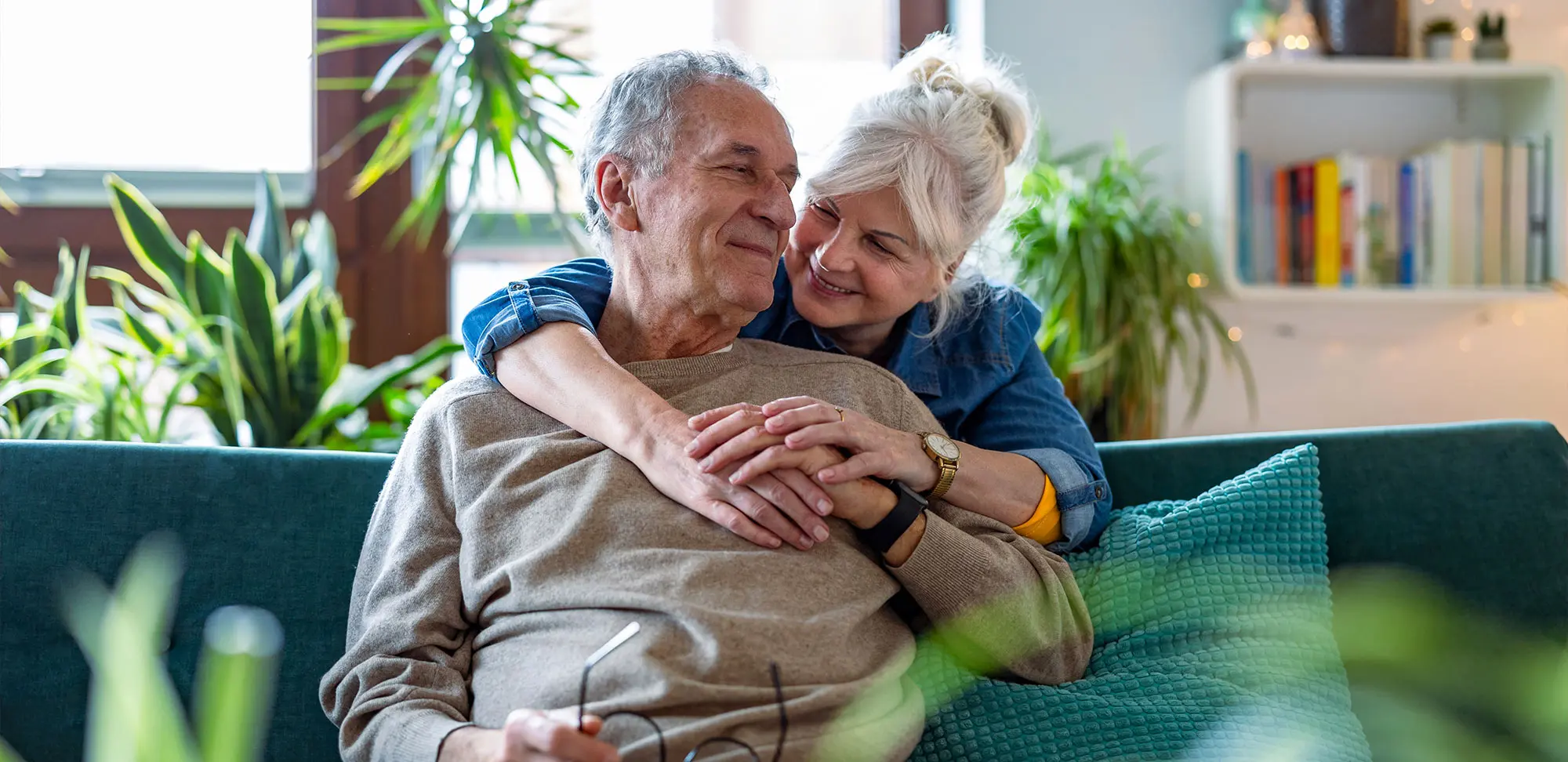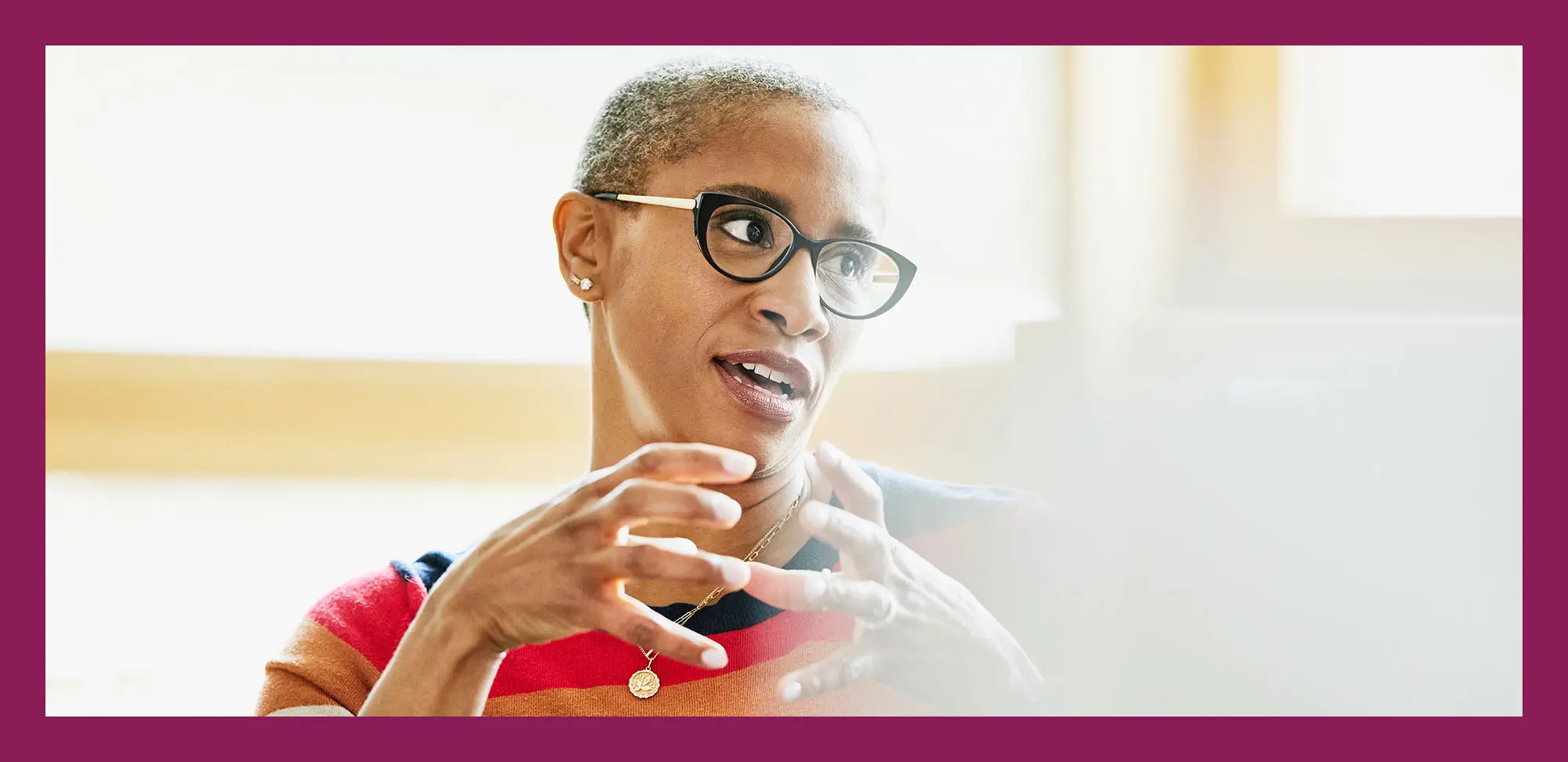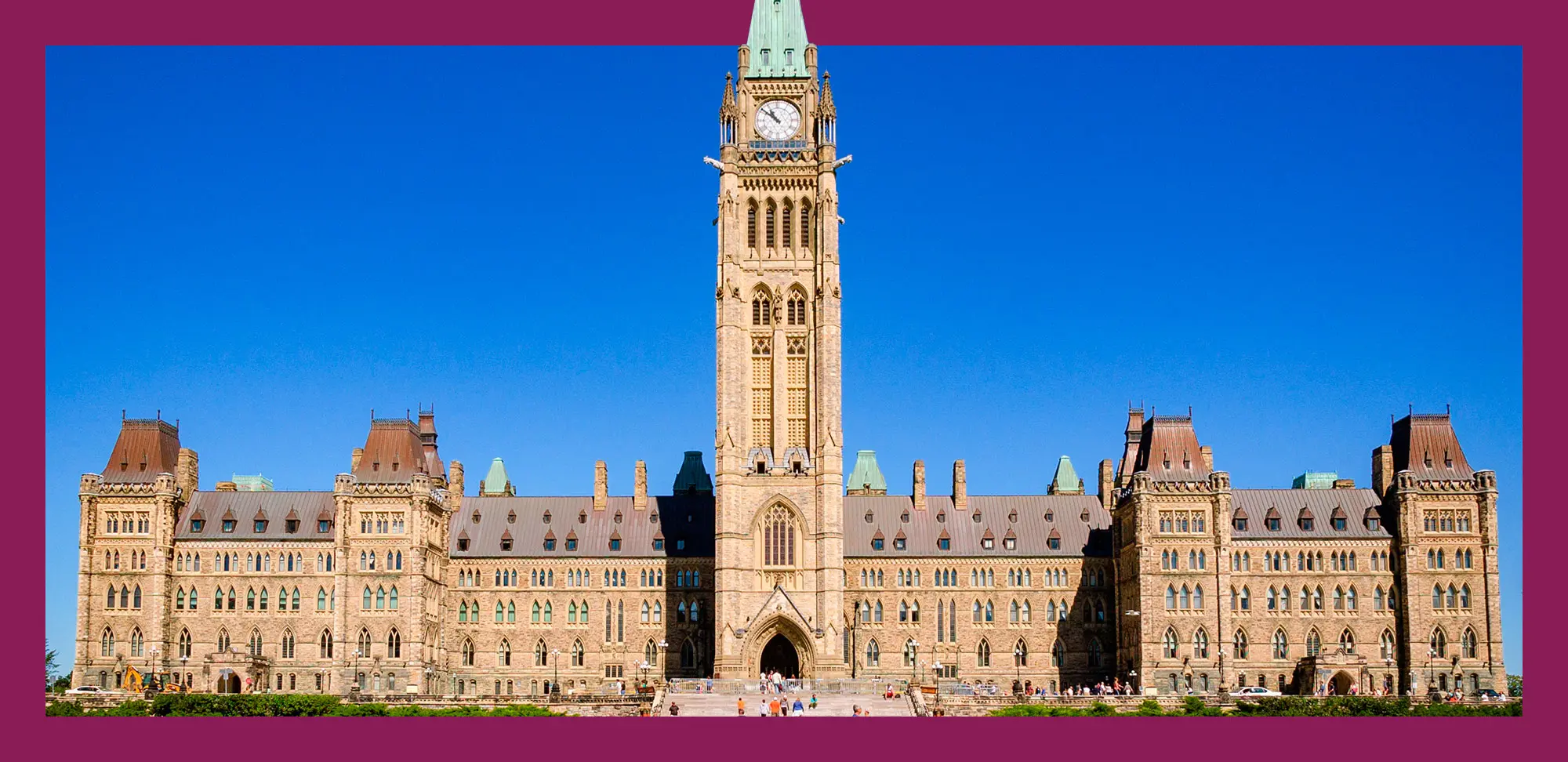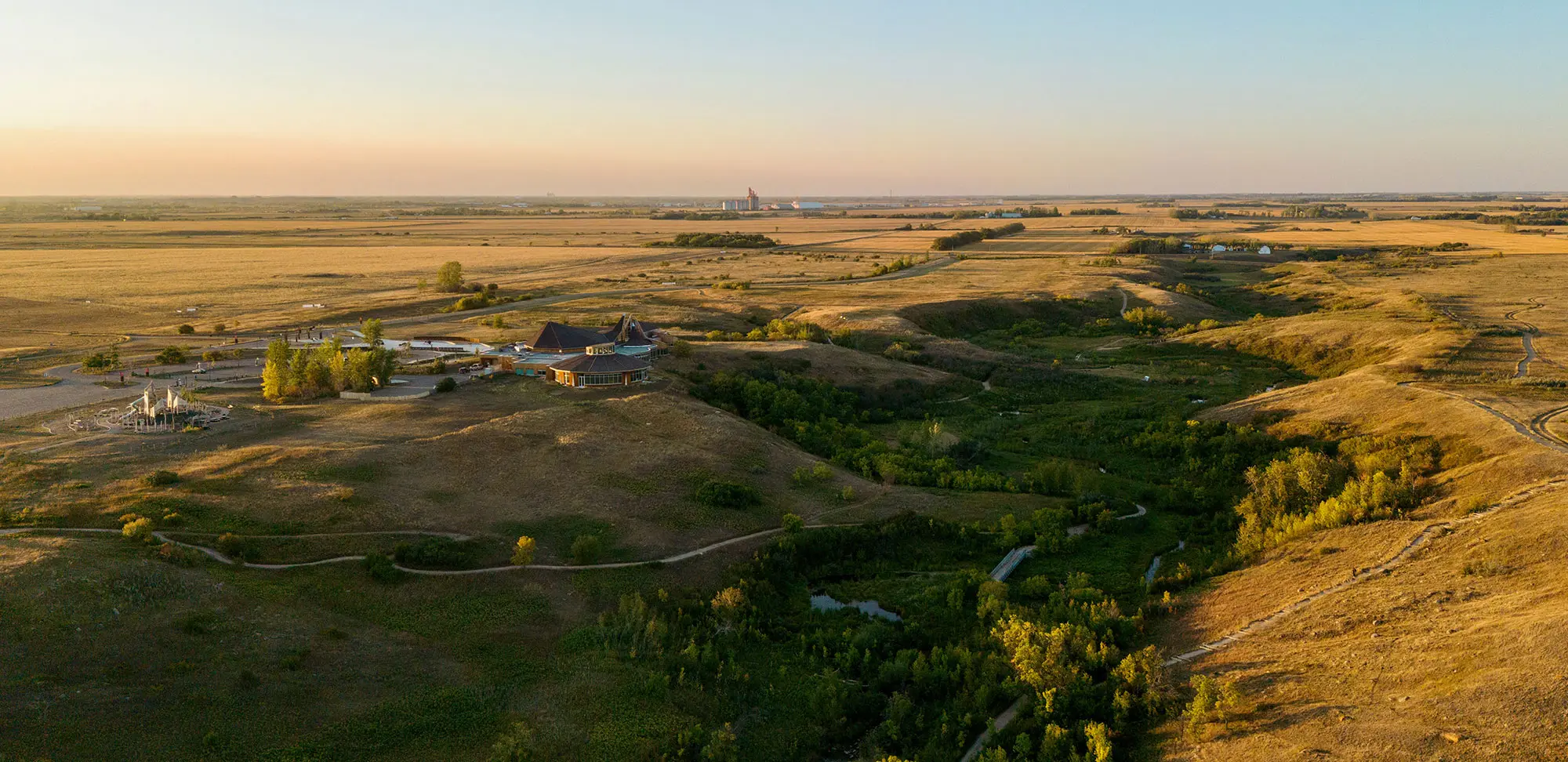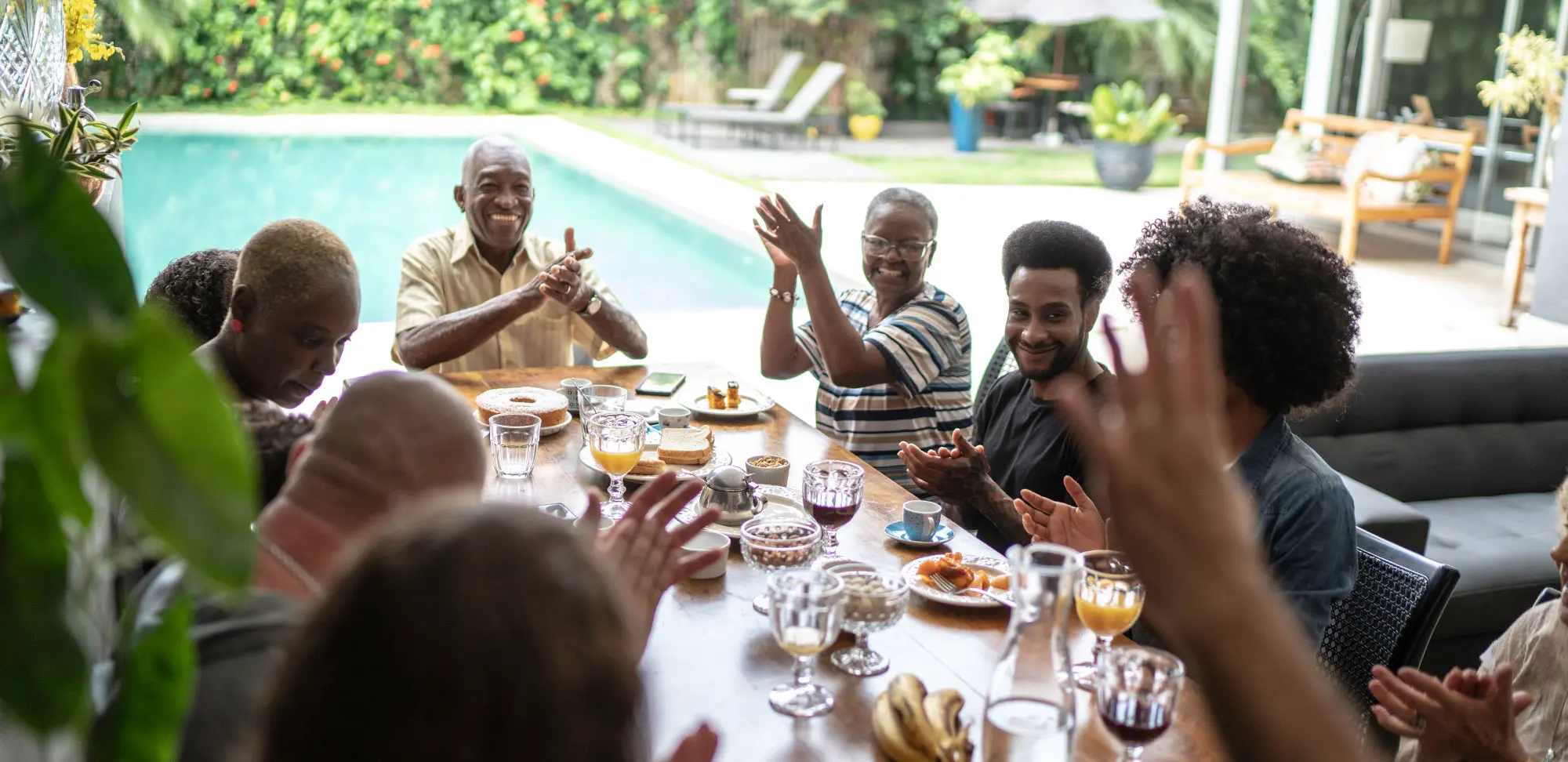Loneliness can feel . . . well . . . lonely. But it’s common. So common, in fact, that the Women’s Age Lab at Women’s College Hospital in Toronto called it an epidemic in a policy brief released earlier this year. They, along with the Intersectoral Collaboration for Loneliness, a national collaboration of 14 organizations, including RTOERO and the RTOERO Foundation, want Canada to follow the lead of other countries and implement a national strategy to combat loneliness and promote social connections.
“Loneliness is a major contributor to our health and well-being, yet it’s within our ability to address. It’s modifiable. It’s preventable with the right supports and resources,” says Dr. Rachel Savage, a scientist at the Women’s Age Lab. “Other regions in the world have taken a much more proactive stance and have made significant investments in addressing this issue.”
Canada’s lack of a coordinated approach could explain why it ranked last among 11 countries on the 2021 Commonwealth Fund survey when it came to levels of social isolation. According to data from the survey, 39 per cent of Canadians aged 65 and older report feeling lonely at least some of the time. And the rate is higher for women.
“A higher proportion of older women felt lonely at least some of the time – 42.4 per cent compared to 34.2 per cent of men. So we know it’s an important issue in older women,” Savage says. “There are a lot of different factors that are probably playing into this.”
Among them, women live longer, increasing their likelihood of widowhood and living alone; women take on more caregiving roles, which can be isolating; they’re more likely to face financial insecurity; and some of this can be a reporting issue – women may be more likely to acknowledge feeling lonely.
“We need to stop thinking about it as a shameful thing. We all feel and experience loneliness at different points in our lives.”
Dr. Rachel Savage
The remedy to loneliness seems simple: It’s social connection. But if it’s that straightforward, why are we still grappling with loneliness? “A lot of the conversation around loneliness now positions it as an individual problem, which contributes to stigma,” Savage explains. “People are often surprised to learn that loneliness is patterned across marginalized populations – people with disability, low income, women, immigrants. And so, some of this has to do with systemic issues and discrimination.”
Take income – access to things like hearing aids, transportation or dental care helps us to be included. Life transitions are another significant factor. The death of a spouse, the onset of a new health or mobility challenge, caregiving for a family member, even retirement are life changes that can make us more vulnerable to experiencing loneliness.
Having access to resources to help us during those transitions is essential. Savage and her team want to see expanded strategies and increased investments in social infrastructure and interventions, which, not surprisingly, also means more research.
“We don’t really have great evidence on how we can address loneliness, and one explanation is that most interventions take a one-size-fits-all approach,” Savage says. “The problem is loneliness is complex. Who we are, where we live, what stage of life we’re in all interact in different ways to put us at different levels of risk. There’s evidence showing that interventions tailored to populations have the greatest impact.”
Savage’s team is currently researching an intersectional approach to looking at loneliness for middle-aged and older adults by exploring subgroups like sex, gender, age, disability, income, immigrant status and sexual orientation to inform more tailored approaches that address the root causes.
Knowing that this issue is widespread might offer comfort if you’re dealing with loneliness: You aren’t alone. It’s also important to recognize that loneliness is a natural and appropriate response to challenging circumstances, like life changes, and experiencing it can serve as a reminder to reach out.
“If you feel thirsty, that means you should have water. If you’re feeling lonely, it’s your body telling you it’s time to connect with the people around you,” Savage says. “We need to stop thinking about it as a shameful thing. We all feel and experience loneliness at different points in our lives.”
RTOERO, with its partners, will continue to advocate on this issue, and individually, we can raise this issue with our elected officials.
But you don’t need to wait for a national strategy to take action for yourself and those around you. A good first step is to tell someone in your life how you’re feeling, a trusted friend or family member, a healthcare provider or faith leader. If you’re concerned about someone else in your life, you could ask them how they’re feeling and try to help them get started with an activity.
“There’s a lot that can be done just by being a great neighbour right in your community and supporting people,” Savage says. “It’s important that we all work within our local spheres of influence and try to reach out to others. We’re all in this together.”
